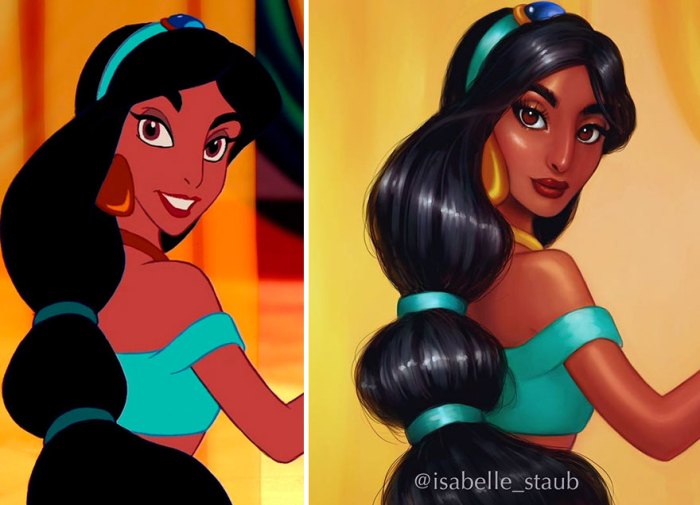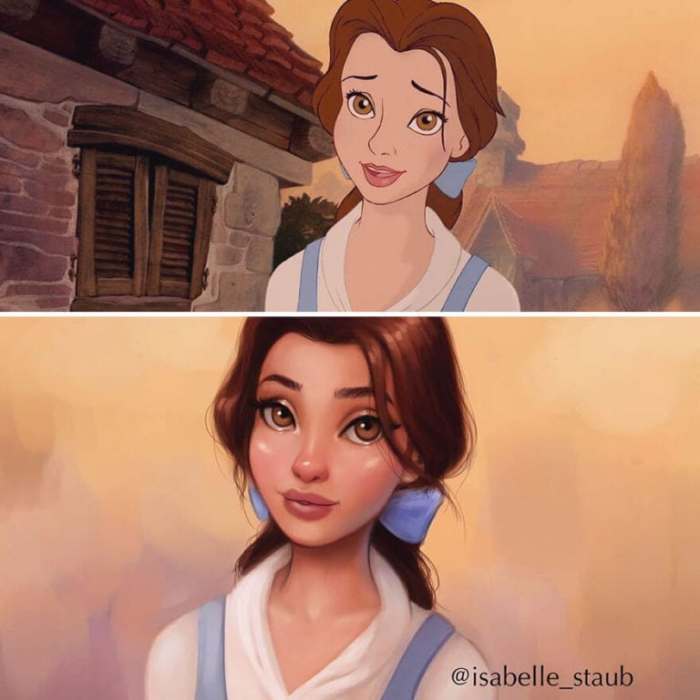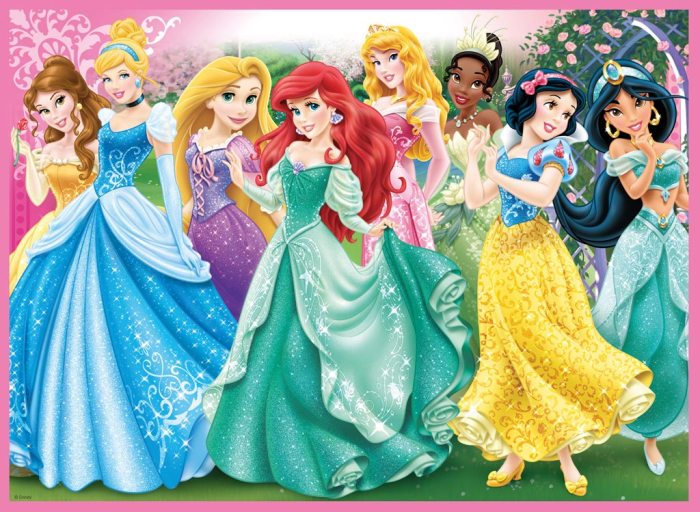Representation of disney princesses in the media isabelle gill – In the realm of media representation, Disney princesses stand as iconic figures, shaping cultural perceptions and influencing generations. This essay delves into the representation of Disney princesses in the media, examining their historical evolution, contemporary portrayals, and impact on children and society.
Introduction

Media representation plays a pivotal role in shaping cultural perceptions and influencing societal norms. Disney princesses, as iconic media figures, have exerted a profound impact on generations of children and adults alike.
Historical Evolution of Disney Princess Representation

Early Disney princesses were often portrayed as passive, dependent on male characters, and conforming to traditional gender roles. However, in recent years, there has been a gradual shift towards more empowered and diverse princesses, reflecting societal changes and evolving cultural values.
Case Studies: Snow White vs. Moana
Snow White, from the 1937 film, epitomizes the traditional Disney princess archetype: beautiful, passive, and in need of a prince’s rescue. In contrast, Moana, from the 2016 film, is a strong-willed, independent heroine who embarks on an epic journey without relying on a male character.
Contemporary Representations and Criticisms

Current Disney princess representations encompass a wider range of personalities, backgrounds, and abilities. While there have been positive strides in inclusivity, there are still areas for improvement, such as greater representation of non-white and LGBTQ+ characters.
Positive Changes: Merida and Tiana, Representation of disney princesses in the media isabelle gill
- Merida, from the 2012 film Brave, is a skilled archer and challenges traditional gender roles.
- Tiana, from the 2009 film The Princess and the Frog, is an ambitious and hard-working young woman who pursues her dreams.
Impact on Children and Society: Representation Of Disney Princesses In The Media Isabelle Gill
Disney princess representations can influence children’s self-esteem, body image, and gender expectations. Positive representations can promote self-confidence and empower children, while negative representations can perpetuate harmful stereotypes.
Body Image and Self-Esteem
Research suggests that exposure to thin and idealized Disney princesses can contribute to body dissatisfaction and low self-esteem among young girls.
Alternative Perspectives and Future Directions
Alternative representations of princesses exist in other media and cultures, challenging traditional stereotypes and promoting inclusivity. Disney has the opportunity to continue evolving its princess representations to reflect the diversity and values of contemporary society.
Alternative Princesses: Mulan and Raya
- Mulan, from the 1998 film, is a courageous and resourceful warrior who saves her country.
- Raya, from the 2021 film Raya and the Last Dragon, is a Southeast Asian princess who embodies strength, resilience, and cultural diversity.
Expert Answers
What is the significance of media representation?
Media representation plays a crucial role in shaping cultural perceptions, reinforcing social norms, and influencing our understanding of ourselves and others.
How have Disney princesses evolved over time?
Disney princesses have gradually shifted from passive and dependent characters to more empowered and diverse figures, reflecting changing societal attitudes towards gender roles.
What are the potential effects of Disney princess representations on children?
Disney princess representations can influence children’s self-esteem, body image, and gender expectations, both positively and negatively.